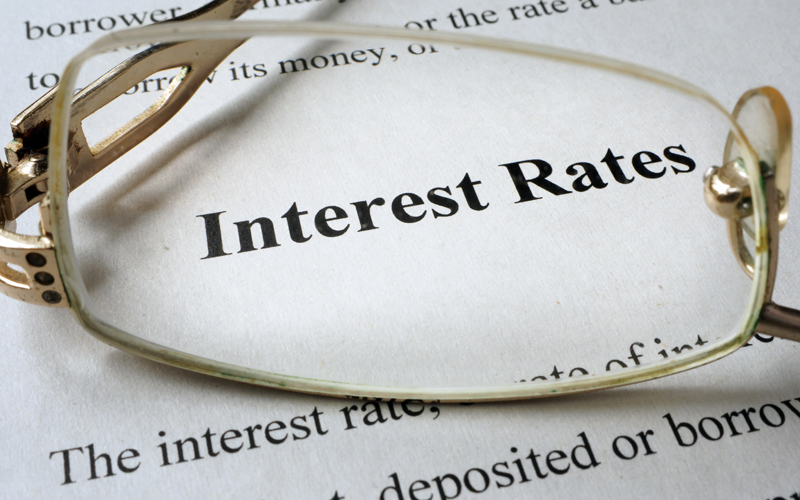Rolling lockdowns, slow wage growth and falling employment means interest rates are going to stay low for the foreseeable future.
Very slow wages growth will keep interest rates low
This week’s Wage Price Index, which measures our pay packets, grew a modest 0.4 per cent in the June quarter. This was below economists’ expectations for a 0.6 per cent rise.
These rolling lockdowns are having a real impact on wage growth. And remember, this latest figure is for the June quarter, which was before the July and August extended lockdowns in NSW and Victoria.
The annual wage growth rate of 1.7 per cent remains below pre-pandemic levels of 2.2 per cent in March 2020, despite a rapid recovery in jobs growth through to the end of June. The fact that the unemployment rate fell to a 10½-year low of 4.9 per cent and under-employment dropped to eight year lows hasn’t pushed wages up at all.
Remember, the Reserve Bank (RBA) wants wages growth of over 3 per cent for an extended period of time before it raises official interest rates.
The fastest wage growth has been in the scientific and technical sectors as well as construction. And, understandably, the slowest wages growth was in arts and recreation, administration and rental, hiring and real estate jobs.
So how come unemployment keeps falling so much?
Good question. You see, unemployment for July (remember wage growth was for June quarter) fell again to a 13 year low of just 7.6 per cent, and another 2,000 jobs were created following 29,000 created in June.
I know, it seems strange when July was the start of the current NSW lockdown. But it all comes down to the way unemployment is calculated.
First of all, the Australian Bureau of Statistics (ABS) measured unemployment between the 5th and 11th of July, which is early in the month and not for the whole month. Secondly, it doesn’t count people unless they’ve been out of work for at least a month.
So the true impact of the current NSW and Victorian lockdowns won’t be fully reflected in the unemployment for another month or so. I reckon a more immediate reflection of where employment is heading is in average hours people are working, which the ABS also measure. That was down for the month.
Naturally, the brunt of the lockdown jobs pain is being felt by NSW and Victoria, while the other states are pretty solid
Unemployment state-by-state; NSW 4.5 per cent (June: 5.1 per cent); Victoria 4.5 per cent (4.4 per cent); Queensland 5.2 per cent (5.1 per cent); South Australia 4.7 per cent (5.3 per cent); Western Australia 4.6 per cent (5.1 per cent); Tasmania 4.5 per cent (4.5 per cent); Northern Territory 4.6 per cent (4.8 per cent); ACT 4.3 per cent (3.6 per cent).
RBA is still confident we’ll rebound strongly
The minutes from the last RBA board meeting shows the board is still confident the economy will bounce back strongly from these latest lockdowns.
It is putting its faith in vaccinations and efforts by health officials to suppress the Delta variant. If the RBA is correct in its assumption that the economy re-opens in the December quarter, the economy is expected to rebound quite quickly.
But a lot of economists believe the impact of the NSW lockdown could be longer lasting and believe that the re-opening of the economy could take a little longer. For example, economists at Commonwealth Bank expect the economy to contract 2.7 per cent in the September quarter, before lifting a subdued 1.9 per cent in the December quarter.




























Trending